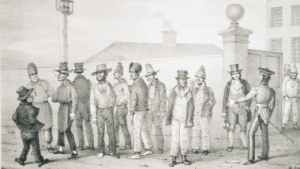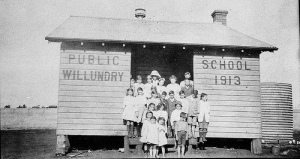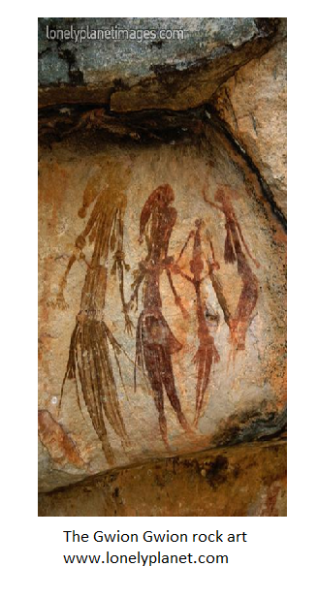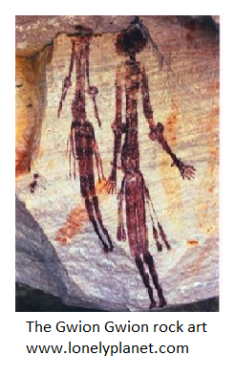Originally posted as http://wp.me/p1YEMO-h on 20Nov11
After the Australian Royal Tour of 2011, it was announced that the laws of succession were changed to eliminate the first-born-son restriction. So while the Crown sits on the head of only the eighth woman in British regal history, that number is set to change.
The British Monarch will even be able to marry a Catholic, which means that the last Catholic Monarch in England, Queen Mary, ironically coming to power because of Henry VIII’s inability to sire a son, won’t be the last! Henry VIII’s inability also to accept Papal decisions, however, led to Sectarianism among his and his successors’ subjects. Arising from the schism that Henry VIII caused when Pope Clement VII disallowed Henry’s divorce from Catherine of Aragon, it was not until the Second Vatican Council that deep societal divisions across the great British Empire began to be even partially healed.
My “MHIS300-Capstone Unit: Making History” project at Macquarie University looked at this issue with a personal bias: why was it such a problem? Why did my grandparents and those of my wife suffer for their choice of life partner? We look at these events now from the safety of the early twenty-first century, but 500 years of tensions fuelled the actions of our grandparents’ families during Sir Robert Gordon Menzies Prime-Ministership which also resulted in an imprint of his personal and political values on society to the extent that they became the norm across Australian society until well into the 1970s.
The Irish, Australia’s first ethnic minority, eventually became a force within the Catholic Church in Australia, with Patrick Francis Moran and the reverend Dr Daniel Mannix at the masthead collectively 1884-1963. Their diplomacy styles also caused issues: Mannix helped the “No” vote in both the 1916 and 1917 referenda for conscription with his famous “Australia First, Empire Second” comment which deepened society’s anti-Catholic feeling.
The heads of the Churches overseas didn’t help matters. Pope Pius X’s Ne Temere decree invalidated all marriage not solemnised by a Catholic clergyman. Catholic Canon law forbade mixed-marriage to protect children from non-Catholic influences. And Anglican Canon Law forbade clergy to marry non-parishioners.[1]
So to create solidarity and to protect themselves in society and the workplace, Catholic men established secret societies. The Knights of the Southern Cross (KSC) was founded in 1919 as a charitable organisation, wanting neither publicity nor recognition. The Catholic Social Science Movement (The Movement) was clandestinely formed by Mannix in response to feared of Communist infiltration of politics, unions, and the Church. The secrecy around these societies only served to strengthen anti-Catholic feeling in mainstream society, as the Masons also experienced at the time.
Minority Christian denominations suffered discrimination in the workplace as well as in society. The majority (Protestant) denominations ruled the roost, as it were, when it came to selecting who they wanted working for them, with “Roman Catholics Need Not Apply” tags on want-ads, outright nomination of religious adherence in application forms or in job interviews, and common-knowledge of specific organisations being either pro or anti- Catholic, Protestant, or Mason. Australian retailer David Jones was known for its anti-Catholicism, whereas the Post Master General’s Department was a place for Catholics. A respondent to one thesis that I found during my research kept his Catholicism so quiet that his Mason friends learned of it only at his funeral. This was because he believed that, should his Catholicism become common knowledge at work, he would lose his job.[2]
It was Menzies’ Prime-Ministership that made his personal, political, and family values the norm in Australia. He represented everything Empire and Protestant, so leading Catholics to be out of favour in society. A participant in Ben Edwards’ study recalled a family member who considered Catholics as anti-British due mostly to the Irish representation of and by the Catholic Church.
Five hundred years of prejudice, intolerance, and bigotry is difficult to overcome, but the Second Vatican Council tried to do so with the easing of official views toward mixed marriage. Pope Paul VI’s announcement in 1970 also had the effect of encouraging ecumenism, and showed the community that members of the different churches were basically all human!
The rose-coloured glasses of hindsight allow us to look aghast at history and the way people acted and reacted to certain events. Had our grandparents been born 50 or 100 years later perhaps they would not have experienced the problems they encountered. While today’s society accepts racially as well as religiously mixed-marriages, changes to the laws of succession mean that anyone can become Monarch of the British Empire. Catholics welcomed, of course.
[1] “Church of England Canon of 1604”, cited in “Notes and Comments”, Australian Church Record Vol 22 No.4 28Feb57.
[2] Siobhán McHugh, “Marrying Out” on Hindsight: ABC Radio National, 11 and 18 October 2009.



 An often misunderstood figure, Las Casas became a prominent member of Spanish colonisation through his dedication to the Indian cause. Las Casas embraced the humanity of the indigenous peoples during a time when many others conceived of them as little more than a commodity to be traded, and as such his legacy of humanistic colonisation has led certain scholars to place him at the origins of modern international humanitarian law.
An often misunderstood figure, Las Casas became a prominent member of Spanish colonisation through his dedication to the Indian cause. Las Casas embraced the humanity of the indigenous peoples during a time when many others conceived of them as little more than a commodity to be traded, and as such his legacy of humanistic colonisation has led certain scholars to place him at the origins of modern international humanitarian law.







